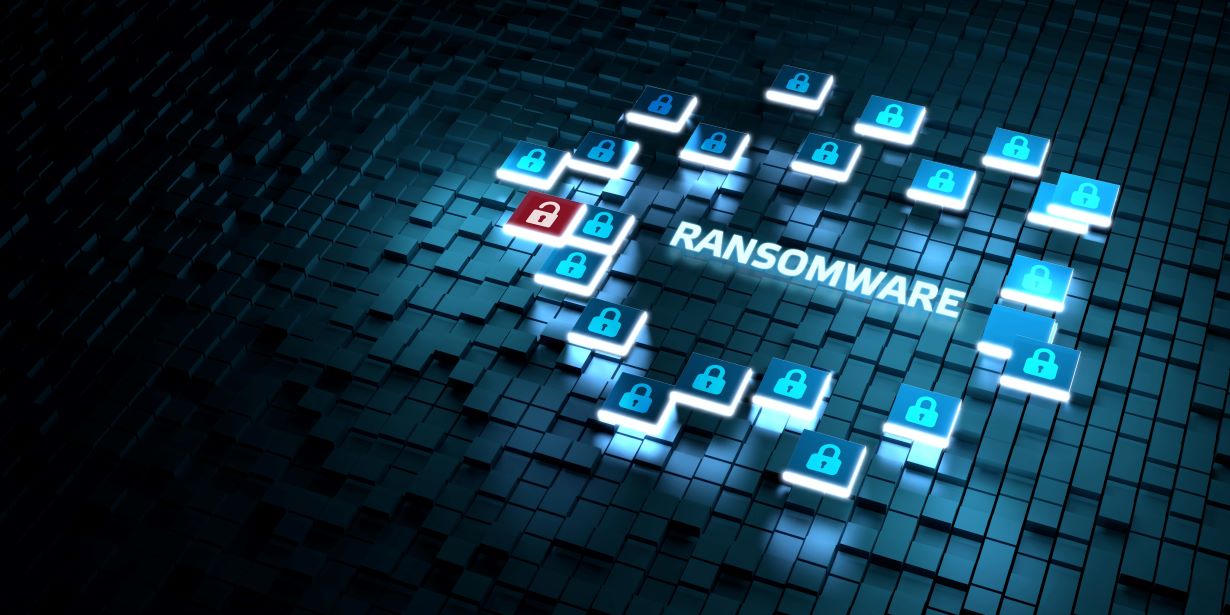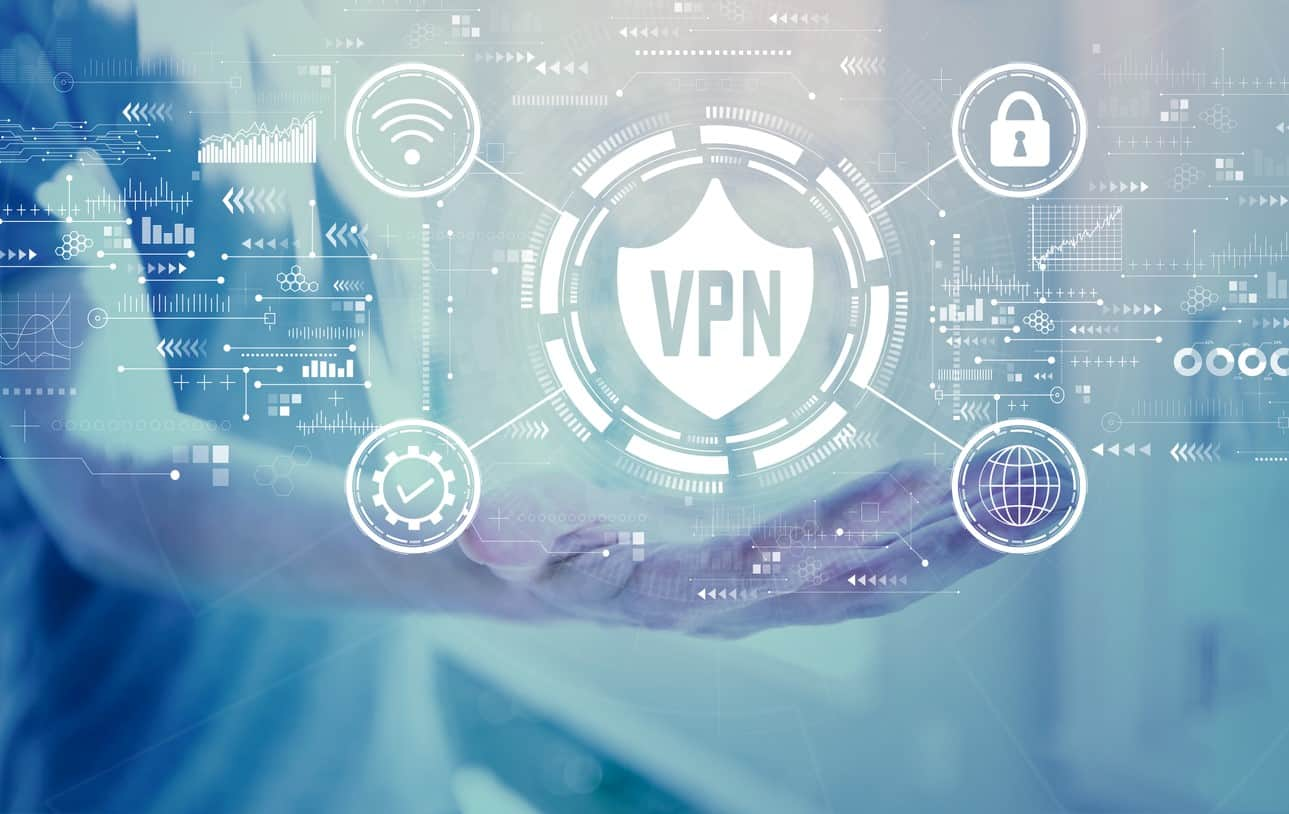Ransomware has emerged as one of the most pervasive and damaging cyber threats in recent years. In 2024, the FBI’s Internet Crime Complaint Center (IC3) reported a 9% increase in ransomware complaints compared to 2023, with critical sectors like manufacturing, healthcare, government facilities, financial services, and information technology comprising nearly half of all reported incidents.
The healthcare sector has been particularly vulnerable. A 2024 survey revealed that two-thirds (67%) of healthcare organizations experienced ransomware attacks in the past year, marking a four-year high . These attacks not only compromise sensitive patient data but also disrupt essential medical services, posing significant risks to patient safety.
Educational institutions and government entities have also been frequent targets. Between April 2023 and April 2024, government organizations experienced 95 ransomware attacks, reflecting a nearly 50% year-over-year increase . The escalating frequency and sophistication of these attacks underscore the urgent need for robust cybersecurity measures across all sectors.
The Role of VPNs in Cybersecurity
Virtual Private Networks (VPNs) have become an integral component of modern cybersecurity strategies. By encrypting internet traffic and masking IP addresses, VPNs provide a secure communication channel, especially vital for remote workers accessing sensitive organizational resources. This encryption helps protect data from interception and eavesdropping, reducing the risk of unauthorized access .
However, it’s important to note that while VPNs enhance security, they are not a standalone solution. They should be part of a multi-layered cybersecurity approach that includes regular software updates, employee training, and the use of advanced threat detection systems.
I. Understanding Ransomware Threats
Evolution of Ransomware
Ransomware has evolved significantly from its early days. The emergence of Ransomware-as-a-Service (RaaS) has lowered the barrier to entry for cybercriminals. In this model, skilled developers create ransomware tools and lease them to affiliates, who then carry out attacks. This structure allows even individuals with limited technical expertise to launch sophisticated ransomware campaigns.
RaaS operations often provide user-friendly dashboards, customer support, and regular updates, mimicking legitimate software services. This professionalization of cybercrime has led to a surge in ransomware incidents, as more actors can participate in these illicit activities.
Common Attack Vectors
Understanding how ransomware infiltrates systems is crucial for prevention. Common attack vectors include:
- Phishing Emails: Attackers send deceptive emails containing malicious links or attachments. When unsuspecting users click on these, ransomware is downloaded onto their systems.
- Exploitation of Unpatched Software: Cybercriminals exploit known vulnerabilities in outdated software. Regularly updating and patching systems is essential to close these security gaps.
- Unsecured Remote Desktop Protocol (RDP) Connections: Weak or misconfigured RDP settings can provide attackers with direct access to systems. Implementing strong passwords and limiting RDP access can mitigate this risk .
- Compromised Credentials: Using stolen or weak login credentials, attackers can gain unauthorized access to networks. Employing multi-factor authentication adds an extra layer of security.

II. VPNs: A Critical Layer in Ransomware Defense
Encryption of Data in Transit
VPNs play a pivotal role in securing data as it travels across networks. By encrypting data in transit, VPNs ensure that even if data packets are intercepted, they remain unreadable to unauthorized parties . This is particularly important for employees accessing company resources over public Wi-Fi networks, where the risk of data interception is higher.
However, it’s important to recognize that while VPNs encrypt data in transit, they do not encrypt data at rest. Therefore, additional security measures are necessary to protect stored data.
Protection Against Network Snooping
Beyond encryption, VPNs help protect against network snooping by masking users’ IP addresses and routing traffic through secure servers. This obfuscation makes it more difficult for attackers to monitor network activity or identify potential targets . By reducing visibility into network traffic, VPNs add an extra layer of defense against reconnaissance efforts by cybercriminals.
It’s essential to ensure that VPNs are properly configured and maintained. Misconfigured VPNs can introduce vulnerabilities, potentially providing attackers with entry points into the network. Regular audits and adherence to best practices are necessary to maximize the protective benefits of VPNs.

III. Enhancing VPN Security to Combat Ransomware
Implementing Multi-Factor Authentication (MFA)
Multi-Factor Authentication (MFA) adds an essential layer of security to VPN access by requiring users to provide additional verification beyond just a username and password. This could include a one-time code sent to a mobile device, biometric verification, or a hardware token. By implementing MFA, organizations can significantly reduce the risk of unauthorized access, even if VPN credentials are compromised through phishing or brute-force attacks. The Cybersecurity and Infrastructure Security Agency (CISA) recommends implementing MFA on all VPN connections to enhance security.
Regular Software Updates and Patch Management
Keeping VPN software and associated infrastructure up-to-date is crucial in mitigating ransomware threats. Attackers often exploit known vulnerabilities in outdated software to gain unauthorized access. For instance, over 5,000 Ivanti VPN instances were found vulnerable to a critical flaw (CVE-2025-22457), highlighting the importance of timely patch management. Regularly applying security patches and updates ensures that known vulnerabilities are addressed promptly, reducing the attack surface available to cybercriminals.
Strong Password Policies
Implementing strong password policies is another fundamental aspect of securing VPN access. Passwords should be complex, unique, and not reused across multiple accounts. Regularly updating passwords and avoiding the use of easily guessable information can prevent unauthorized access. Security experts recommend using passwords of at least 15 characters and incorporating a mix of letters, numbers, and special characters.
IV. Integrating VPNs with Other Security Measures
Use of Protective DNS Services
Protective DNS (PDNS) services add an extra layer of defense by blocking access to known malicious domains, thereby preventing ransomware from communicating with command-and-control servers. By integrating PDNS with VPNs, organizations can ensure that even if a device is compromised, it cannot connect to malicious sites to download ransomware payloads or exfiltrate data. Implementing PDNS solutions like DNSFilter or HYAS Protect can proactively detect and block malicious web activity, enhancing overall network security.
Endpoint Protection and Antivirus Solutions
Combining VPNs with robust endpoint protection and antivirus solutions is crucial in detecting and preventing ransomware infections. Advanced endpoint protection platforms, such as Sophos Intercept X, utilize behavioral analysis and machine learning to identify and block ransomware activities in real-time. These solutions monitor file contents for malicious encryption, block offending processes, and can automatically revert encrypted files to their original state, providing a comprehensive defense against ransomware attacks.

V. Limitations and Considerations
VPNs Are Not a Standalone Solution
While VPNs are vital for securing remote connections and encrypting data in transit, they should not be the sole line of defense against ransomware. A comprehensive cybersecurity framework should include user education, regular software updates, network segmentation, and the implementation of additional security measures like MFA, PDNS, and endpoint protection. Educating employees about phishing attacks, safe browsing habits, and the importance of reporting suspicious activities can significantly reduce the risk of ransomware infections.
Potential Risks of Misconfigured VPNs
Improperly configured VPNs can introduce vulnerabilities that attackers may exploit. Common misconfigurations include weak encryption protocols, inadequate authentication mechanisms, and exposed VPN servers to the internet. Such weaknesses can serve as entry points for ransomware attacks. Regular security assessments, proper configuration management, and adherence to best practices are essential to ensure VPNs do not become liabilities in an organization’s cybersecurity posture.
VI. Conclusion
VPNs play a significant role in defending against ransomware by encrypting data and securing remote connections. However, their effectiveness is maximized when integrated into a broader, multi-layered cybersecurity strategy that includes MFA, regular software updates, strong password policies, PDNS, and robust endpoint protection.
Organizations should assess their current VPN implementations, ensure best practices are followed, and integrate VPNs into a comprehensive cybersecurity framework. By adopting a holistic approach to cybersecurity, businesses can enhance their resilience against the ever-evolving threat of ransomware.
